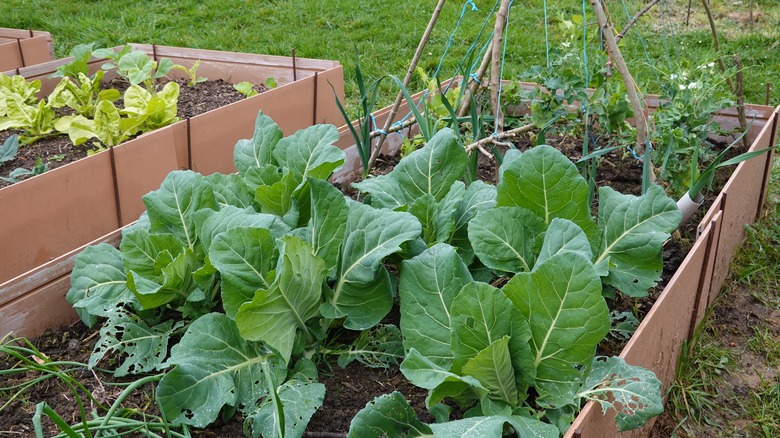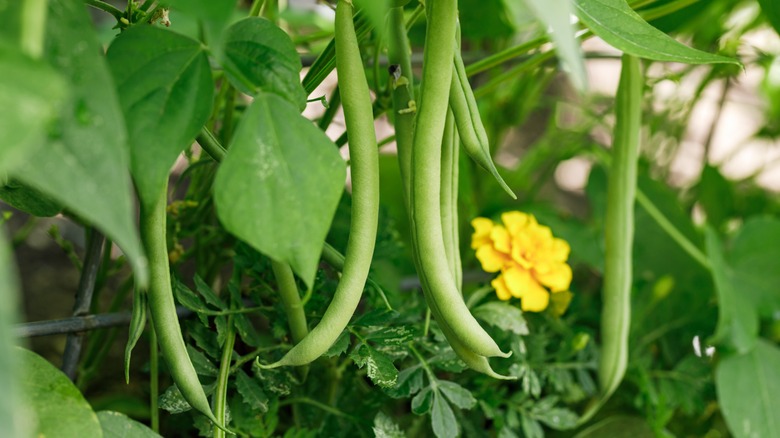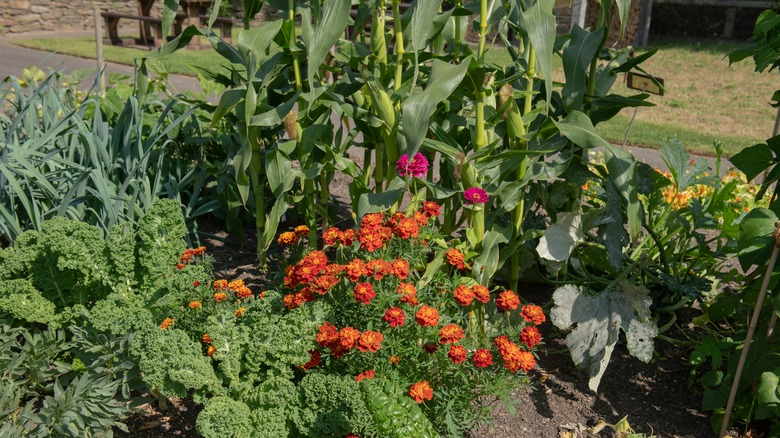Does Science Support Companion Planting?
Whether or not something works depends largely on what you're expecting. When we ask if companion plantings work, everyone agrees that some do ... sometimes. The question is: Which companion plantings work, and how well? Mike McGrath, former editor-in-chief of Organic Gardening, once wrote that companion planting is "a topic laced with more folklore, hopefulness, bad information and just plain hype than just about any other in the gardening world." Yet McGrath was a believer in companion planting, and he had it right. In the end, some companion plantings work. Not as often as some would have you believe, but not as infrequently as some skeptics imply. And we've learned this by gardening... that is, by doing science rather than reading science.
Critics complain that companion planting includes a lot of pseudoscience and folklore rather than scientific evidence. Modern companion planting was greatly influenced by Louise Riotte's 1975 book "Carrots Love Tomatoes," which contains more than a little unfounded lore about topics like companion planting and gardening by the phases of the moon. So what does science actually say about companion planting? Surprisingly little, it turns out. There doesn't appear to be a lot of concrete research about companion planting in home garden environments. But if science doesn't have much to say, scientists certainly do. And with a slightly expanded — and arguably better — idea of what science is, we can get to the bottom of what works and what doesn't, in an evidence-based way.
Successful companions exist, but science rarely proves it
We've known for a long time that some companion plantings benefit a garden; witness the "Three Sisters," an Indigenous American-founded method of companion planting corn, beans, and squash in gardens. Planting potato onions alongside tomatoes is a reliable way to inhibit Verticillium wilt in tomatoes. And it seems safe to say that nasturtiums can repel squash bugs from your garden. Fennel, asters, legumes, and many other plants can attract beneficial insects that target a crop's pests, as sweet alyssum does for lettuce. And trap crops like white geraniums, evening primrose, and zinnias can be used to attract pests like Japanese beetles and can reduce the number of future grubs that feed on others.
But these bits of "knowledge" are rarely supported by much science because whether companion plants are successful is a subjective matter that depends on many factors, like how much of a benefit is realized, the region(s) where it will or won't work, the proximity of plants to each other, and many others. But we still misapply related research. According to the Journal of Nematology, one study shows that using the right marigold variety as a cover crop can reduce root-knot nematode activity, but this only works only when it's actively growing, which is not how we typically use cover crops. (Cover crops, living mulches, and nitrogen-fixing legumes don't generally fit the companion planting mold.) And if you live outside of the American South, it's unlikely you even have a root-knot nematode problem.
Want some companion planting science? Do it yourself.
Science tends to answer questions that aren't always helpful to home gardeners, while not answering the super-specific questions we want answered. As a result, casting about for relevant science often turns up research that tangential to companion planting, or doesn't really mean much for the home grower. Planting potatoes and green beans together is discussed in Jessica Walliser's "Plant Partners: Science-Based Companion Planting Strategies for the Vegetable Garden." But the chapter only discusses crop rotation (not companion planting) and cites a single study that concluded the rotation of potatoes and green beans results in a 4% increase in potato production and "increasing levels of common scab and Verticillium wilt"... very little gain, an increase in disease, and it's not companion planting anyway.
The fact that science hasn't yet answered a question doesn't mean the answer is "no." Most plants benefit from polyculture –- interplanting various species to emulate a natural environment, rather than planting a single crop — which can be a lot of work. But some plants have trained us to prefer their company, so efficiency takes a back seat to the reward. This is the nature of gardening. So, disregard those companion plant charts that Washington State University's Linda Chalker-Scott says mostly have entertainment value, but don't be cowed by the lack of science. Do your research, try plant combinations you find interesting, and note your results. That's how science works and how gardening always has.


